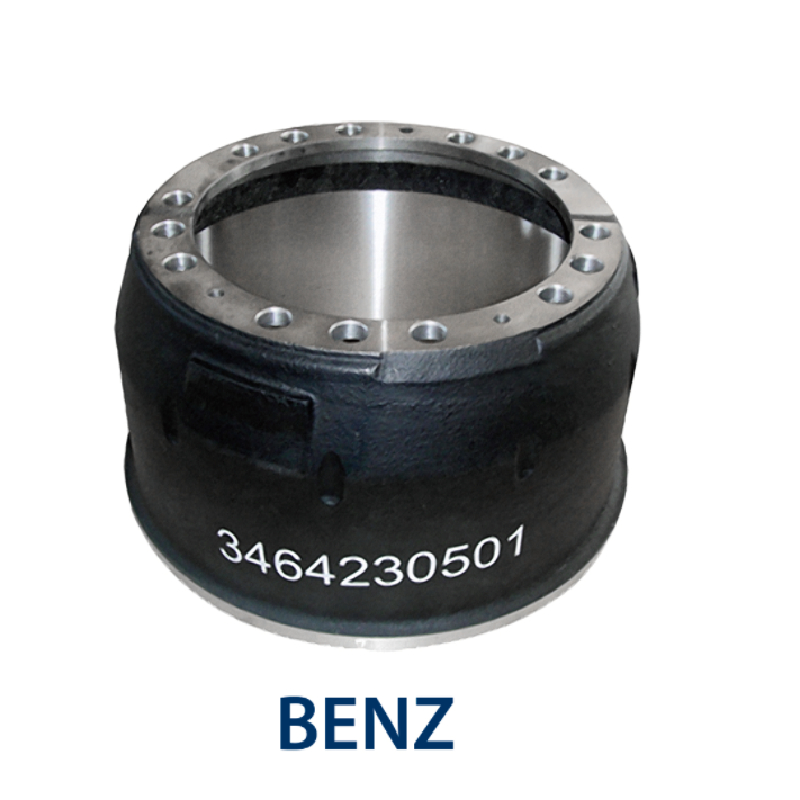ಆಗಸ್ಟ್ . 31, 2024 07:07 Back to list
Brake Drums vs Discs
Brake Drums vs. Discs Understanding the Differences and Advantages
When it comes to vehicle braking systems, two primary types of components are utilized brake drums and brake discs. Understanding the distinctions between these two systems can help vehicle owners make informed decisions about maintenance, performance, and safety.
Brake Drums
Brake drums are traditionally found in older vehicles and in the rear braking system of some modern cars. They consist of a cylindrical drum that rotates with the wheel. Inside the drum, brake shoes press against the drum to create friction and slow down the vehicle. One of the advantages of brake drums is their ability to provide strong braking force in compact designs, making them useful for lighter vehicles and applications where space is limited.
However, brake drums do have some drawbacks. They tend to generate more heat during braking, which can lead to brake fade—a reduction in stopping power. The enclosed design of brake drums can also trap moisture and dust, leading to quicker wear and reduced performance over time. Additionally, they require more maintenance than disc brakes, as the internal components are less accessible for inspection and repair.
brake drums vs discs

Brake Discs
On the other hand, brake discs (or rotors) are more commonly used in modern vehicles, particularly in the front braking system. A disc brake system consists of a rotor that is mounted on the wheel hub and calipers that hold brake pads. When the brake pedal is pressed, the calipers squeeze the brake pads against the rotor, generating friction to slow the vehicle.
The advantages of disc brakes are numerous. They tend to dissipate heat more effectively than drum brakes, reducing the risk of brake fade. Disc brakes also offer more consistent performance and better stopping power, particularly in high-performance or heavy-duty applications. Furthermore, they are generally easier to inspect and replace, making maintenance simpler for vehicle owners.
Conclusion
In summary, both brake drums and discs have their place in the automotive world. Brake drums are economical and compact but may require more maintenance and can suffer from heat-related issues. Brake discs, while typically more expensive, provide superior performance and reliability. When considering brake system upgrades or maintenance, it's essential to weigh the benefits of each option against your vehicle's specific needs and driving style. Ultimately, a reliable braking system is crucial for vehicle safety, and understanding these differences will help ensure optimal performance on the road.
-
Brake Drum Liza Durable & High-Performance Brake Solutions
NewsMay.29,2025
-
Brake Drum Liza Durable Drum Brake & Shoe Replacement Solutions
NewsMay.29,2025
-
Brake Drum Liza High-Quality Drum Brake & Shoe Solutions
NewsMay.29,2025
-
Brake Drum Liza Durable Drum Brake & Shoe Solutions for Vehicles
NewsMay.29,2025
-
Brake Drum Liza Premium Drum Brake Components & Shoes
NewsMay.29,2025
-
Brake Drum Man Durable Drum Brake Drums & Shoes Supplier
NewsMay.28,2025
